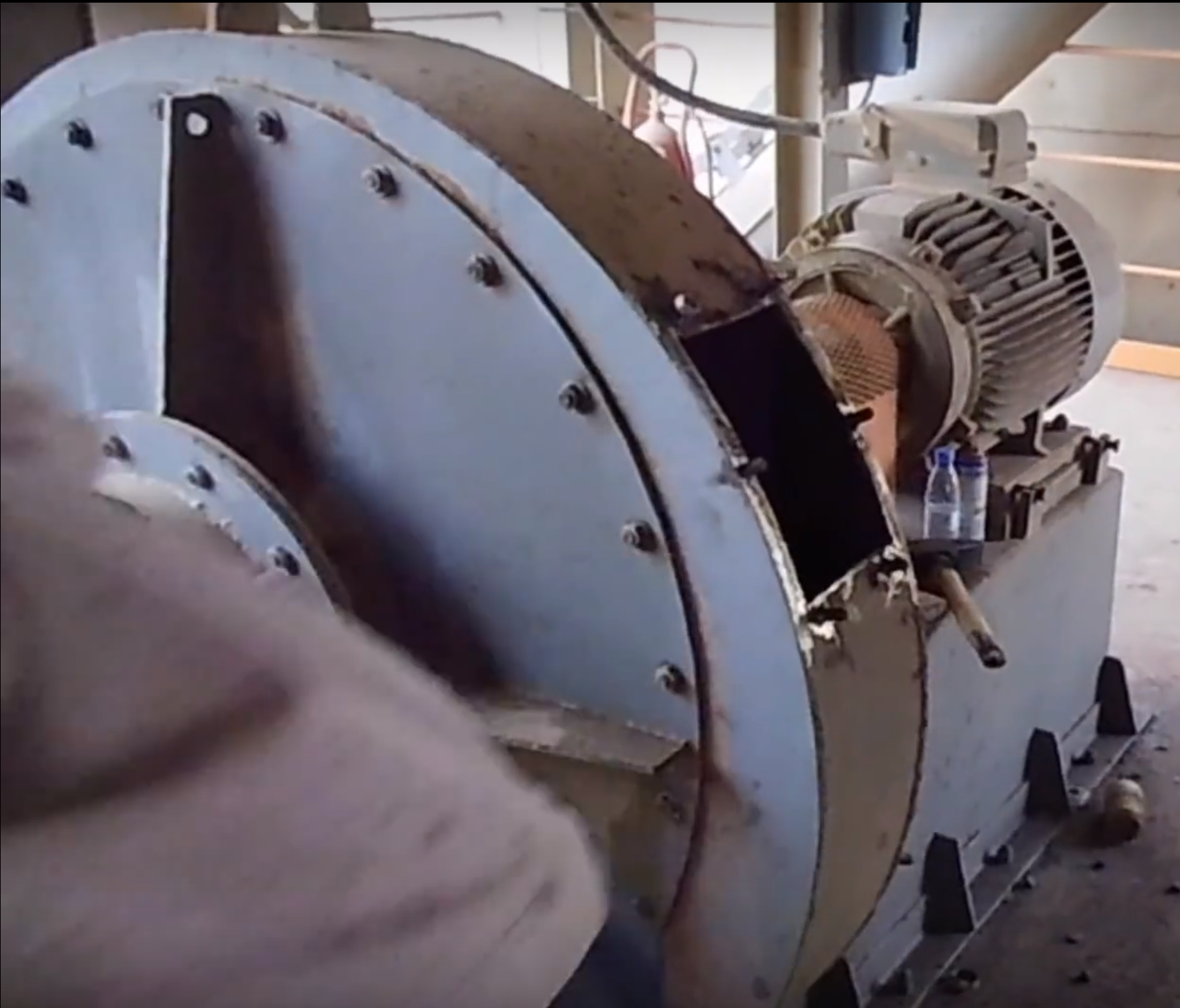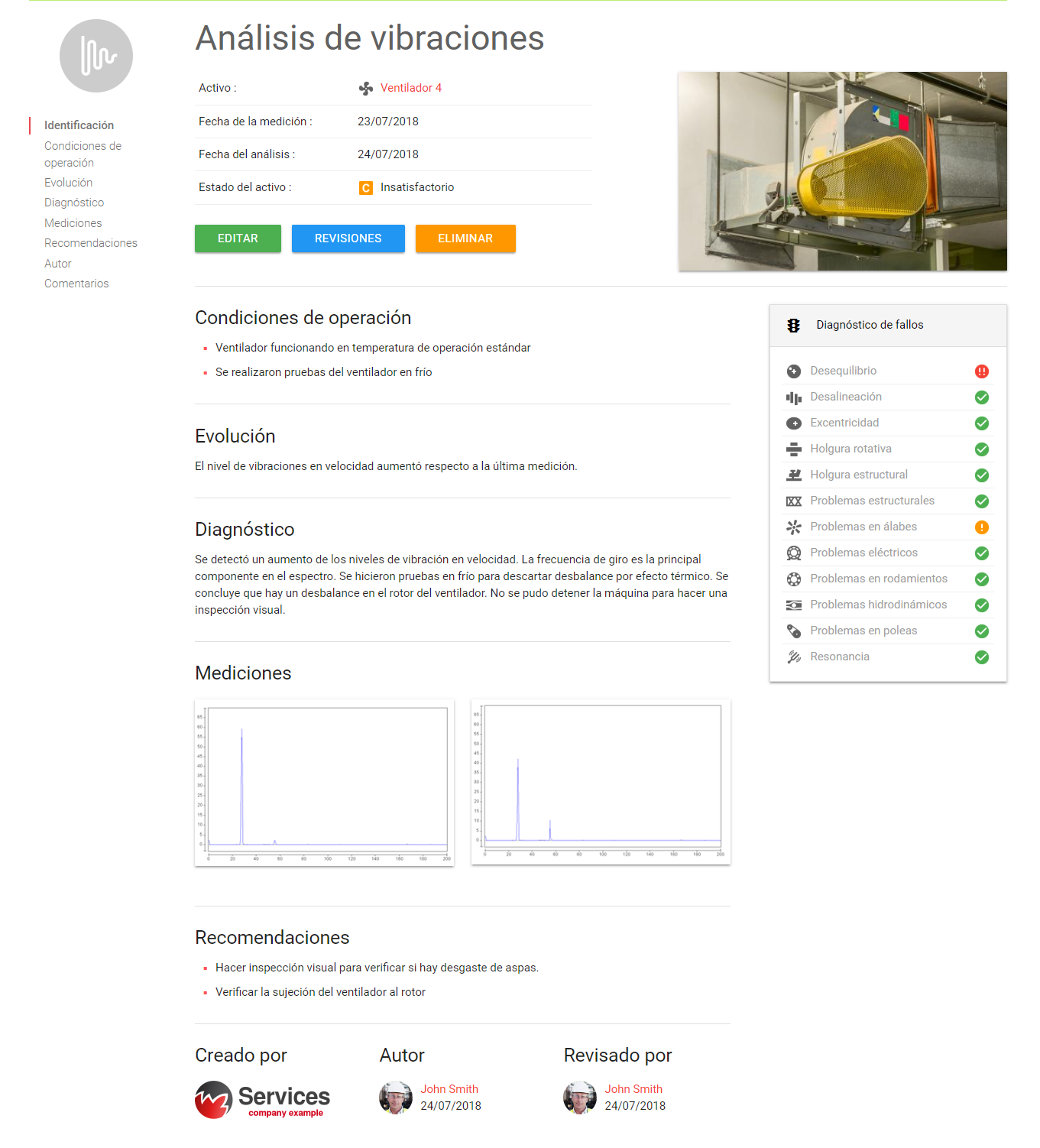Diagnosis of Unbalance in Fans

Fans have a high presence in the industry to fulfill cooling, air circulation, and gas exhaust functions. Unbalance is a common cause of high vibration in industrial fans. However, a bad diagnosis is also very usual in the maintenance department. In this article, we will explain to you the keys to accurately diagnose unbalance in fans.
Contents:
- What is unbalance in fans?
- High vibration is not unbalance.
- Causes of unbalance in fans.
- Diagnosis of unbalance in fans.
- Report of vibration analysis for a fan.
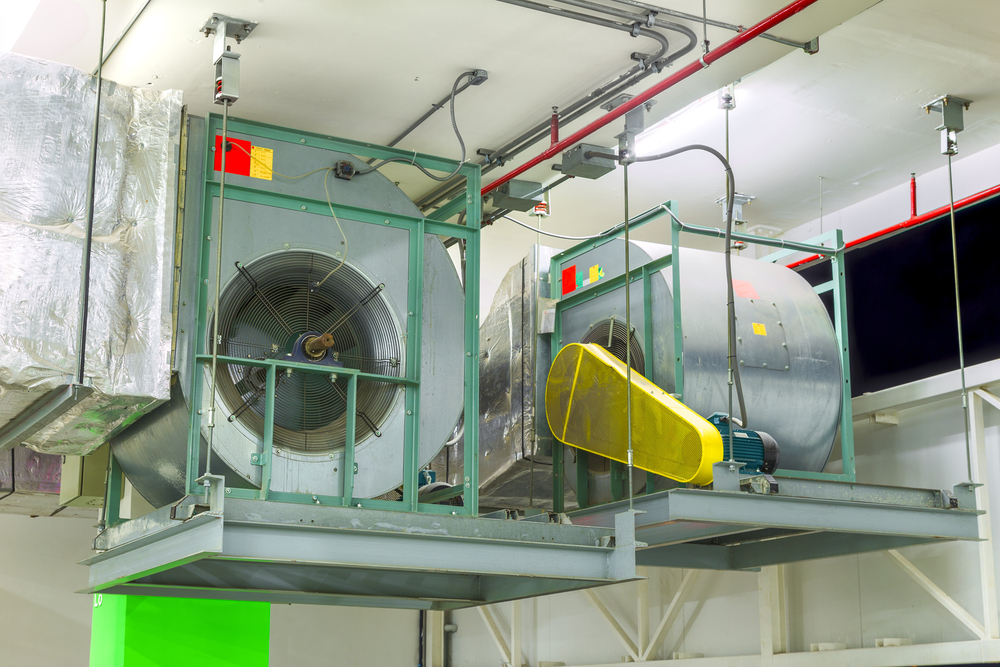
What is unbalance in fans?
According to Power-MI Vibration Manual, unbalance is produced when the geometric center of the shaft and the center of mass do not coincide. The driving centrifugal force that is generated is proportional to the square of the rotational speed of the shaft. Therefore, the higher the rotational speed, the better the balance of the rotor should be.
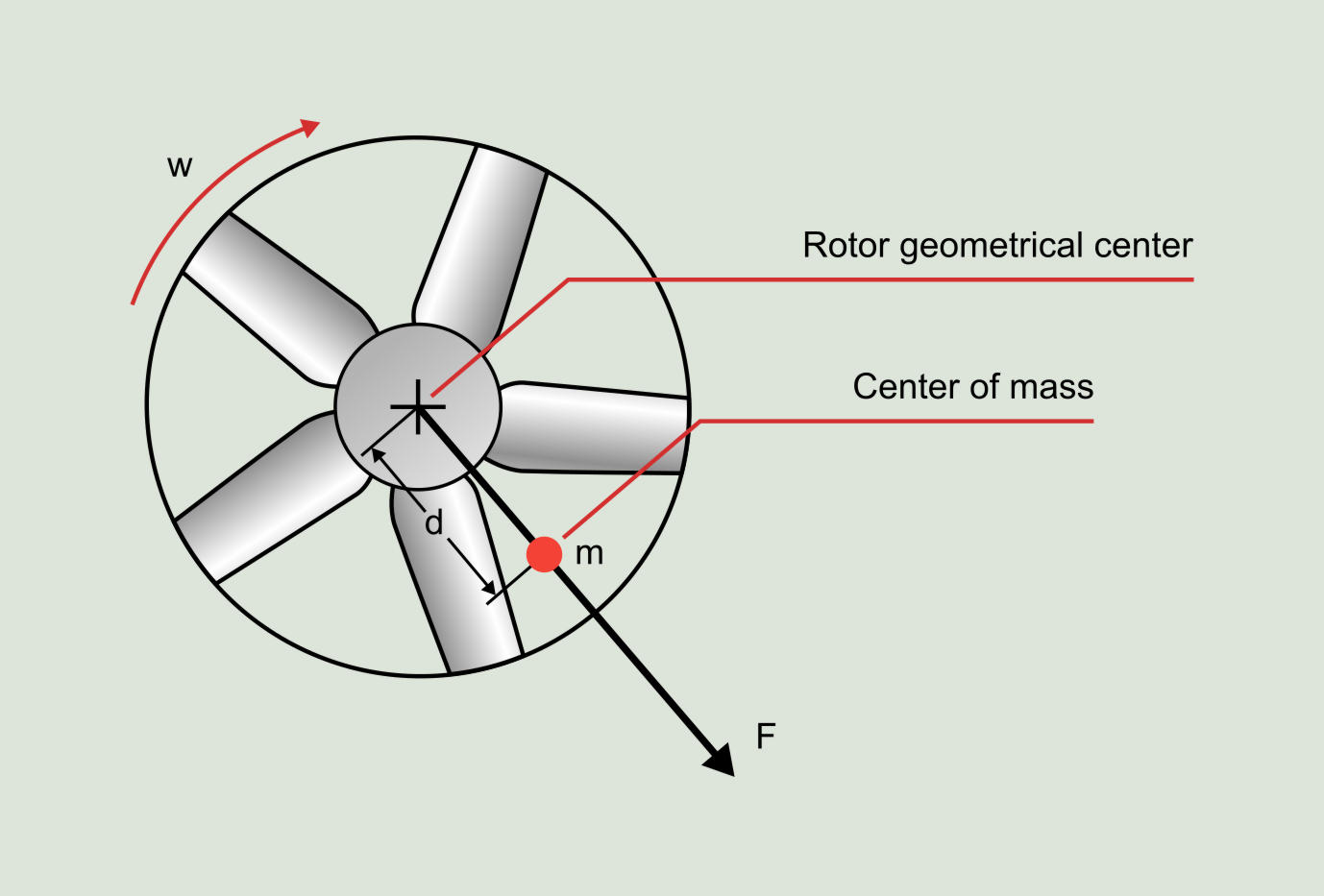
High vibration is not unbalance
I remember when I was working for a service company as a vibration analyst that it was very common to get called by customers looking to balance a fan. After arriving at their office, the cause of the high vibration was not unbalance. It is a very common belief in the industry that the only cause of high vibration in fans is unbalance.
Advice: If you are a service company and you get called to balance a machine without having a previous diagnosis, include in your commercial proposals (offers) the cost of the vibration analysis in case unbalance is not the cause of the high vibration.
Other causes of high vibration in fans are: structural looseness, high clearance, belt problems, misalignment, cracks on the rotors, and faulty bearings.
Causes of unbalance in fans
The most common cause of unbalance in fans is the accumulation of material or the wear of the fan blades depending on the operation of the fan. Both situations cause a radial unbalance of the fan’s mass.
Another common cause of unbalance in fans is the thermal effect. When the fan reaches the operational temperature, the temperature of the fan may not be uniform. This causes non-uniform expansion in the fan, which causes the center of mass to be modified.
The wear of the fixing bolt or the wedge (or the keyway) of the fan is another cause of unbalance. When the fixture of the center of the fan with the rotor loses rigidity, the center of mass is moved, thus creating a decompensation of the balance. This is something that must be checked before starting a balancing process on a fan.
Talking to service engineers and according to my own experience, sometimes the cause of unbalance in fans is, ironically, the correction weights that have been placed on it during previous balancing tasks. We do not know who did that work in every case, but in the opinion of the experts, it is possible that those balancing works were done where the balance was not adequately diagnosed.
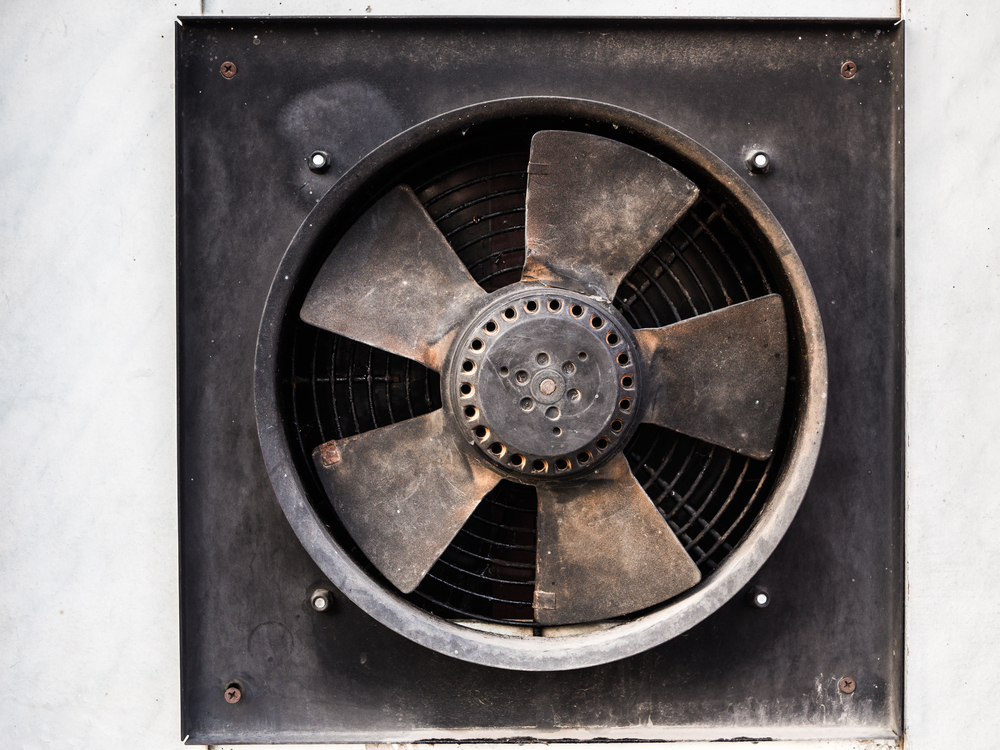
Diagnosis of unbalance in fans
The most commonly used predictive technology and the one that is best for diagnosing unbalance in an industrial fan is vibration analysis.
Generally, unbalance is characterized by a vibration spectrum where the radial rotational frequency of the rotor (1X) prevails. When there is unbalance in a plane, the phase at both ends of the rotor will be 0º. Unbalance in a plane or static unbalance can be verified by having the fan idle, by disconnecting it from the motor and rotating the fan to see if it has a fixed idle position. If the fan performs a counter-rotation to go back to its idle position, it is showing unbalance.
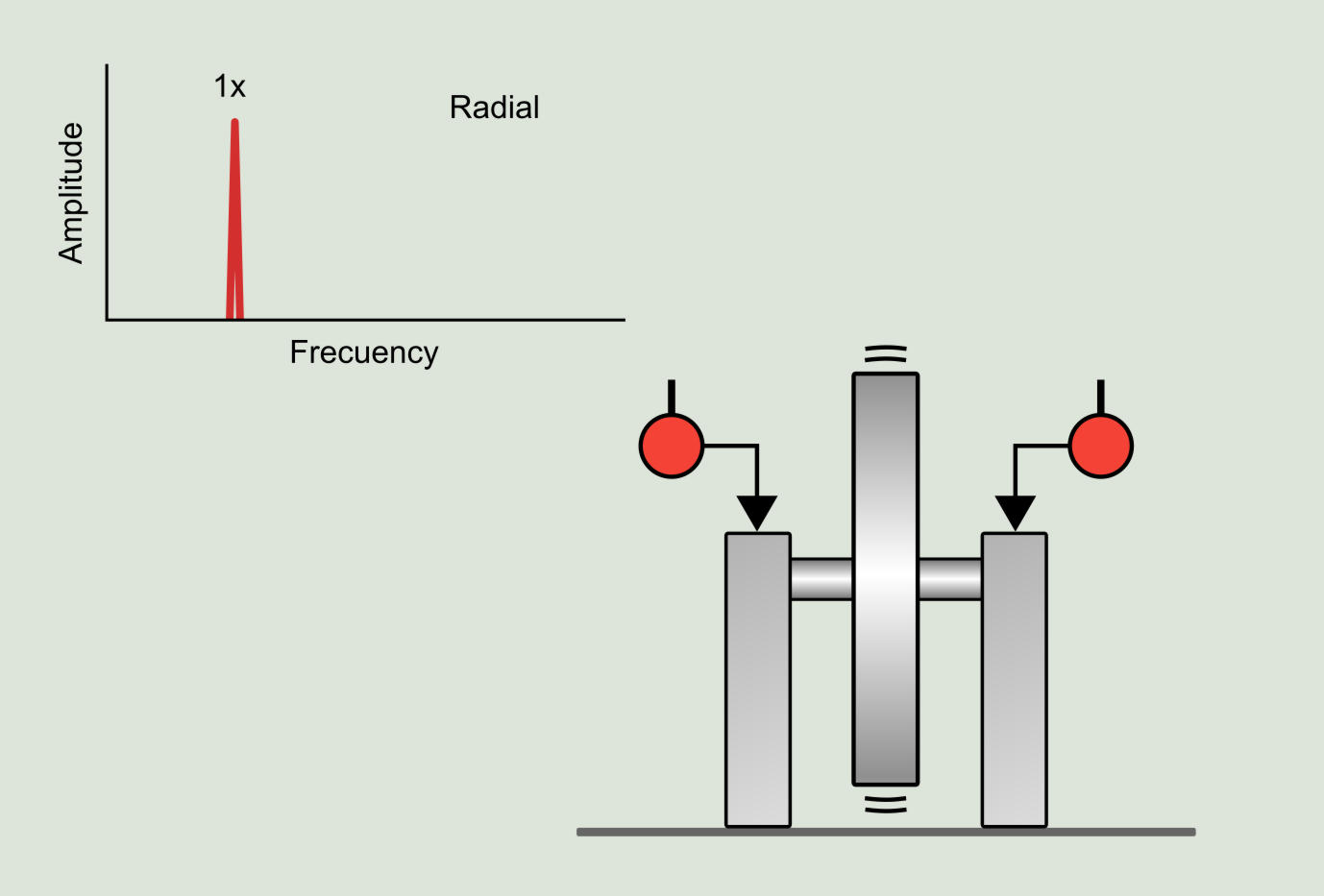
Unbalance in two planes or dynamic unbalance is diagnosed the same way as the static unbalance, but with the exception that there will be a phase differential between the ends of the fan. Ideally, if the weights are displaced at 180º in two planes, then the phase will be 180º.
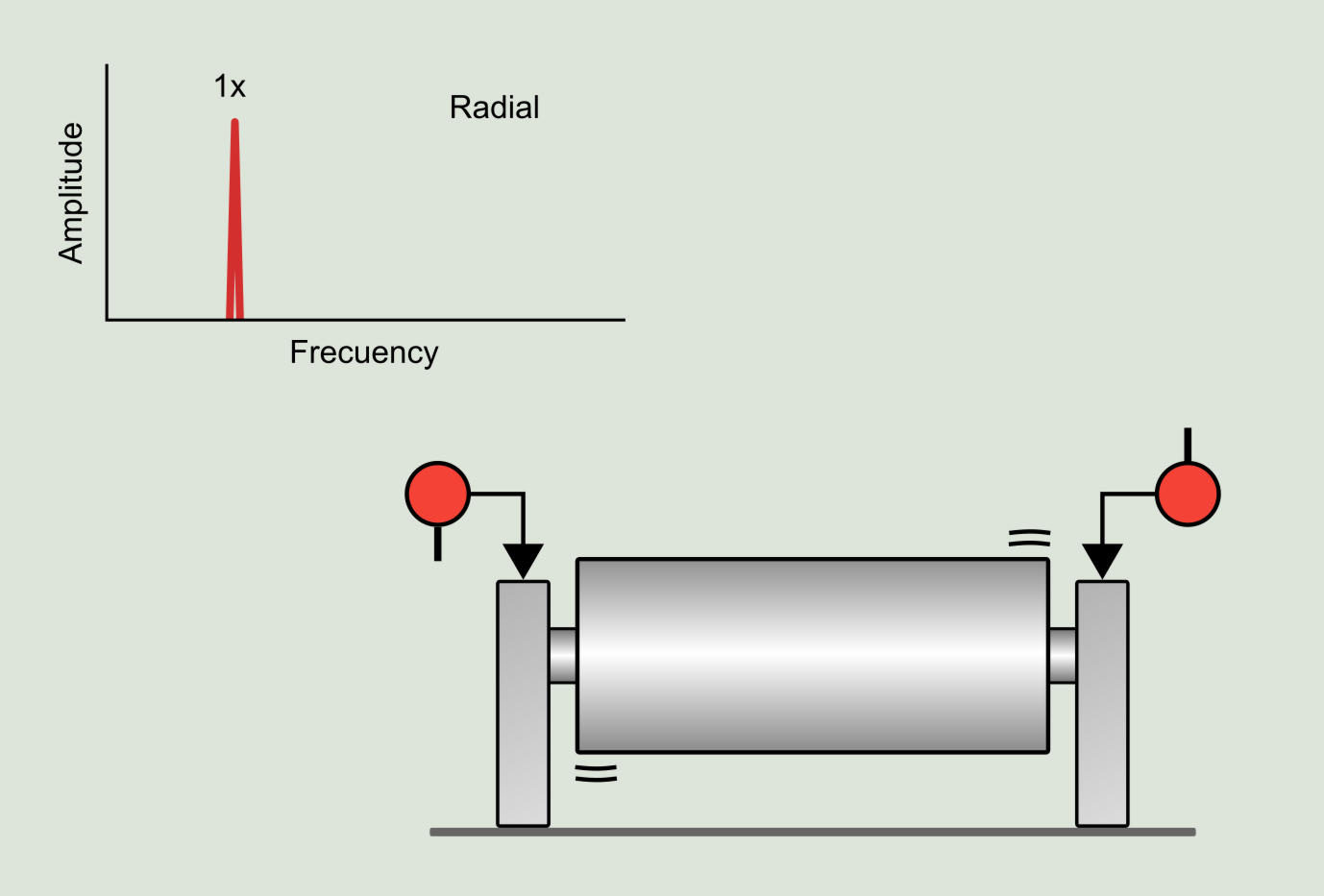
In overhung fans, the pattern of unbalance is observed with a higher prevalence in the axial direction.
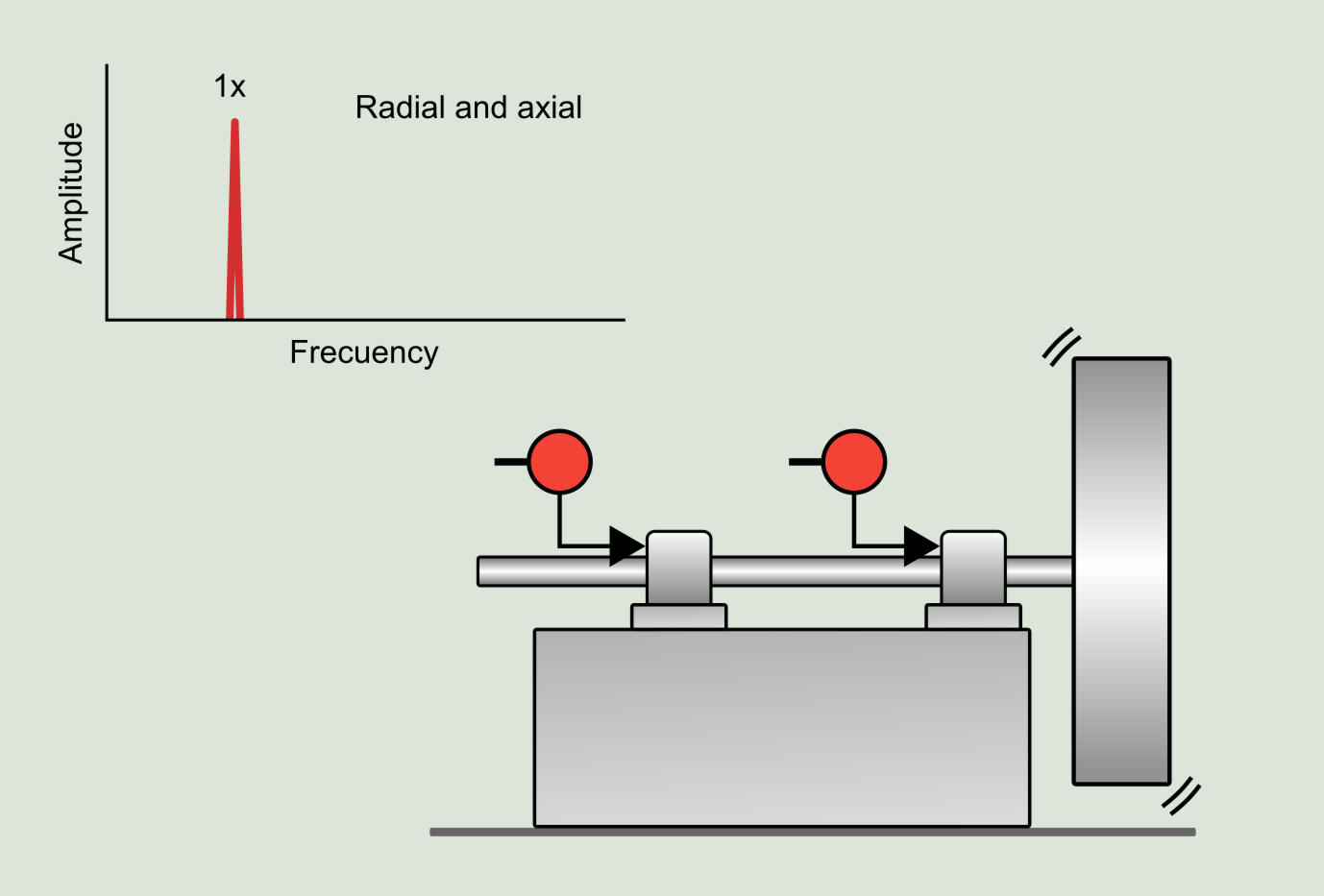
During the analysis, we must consider if the machine is working at its operational temperature and know what that operational temperature is.
If evidence exists of high vibration and unbalance, make sure that it is not a bench or foundation problem. Check for loose bolts, cracks. Sometimes, foundation problems can be noticed by a high vibration of it which the analyst can sense in his feet. If there is a bench or foundation problem, do not diagnose unbalance. It is possible that the unbalance exists, but the structure problem must be corrected first.
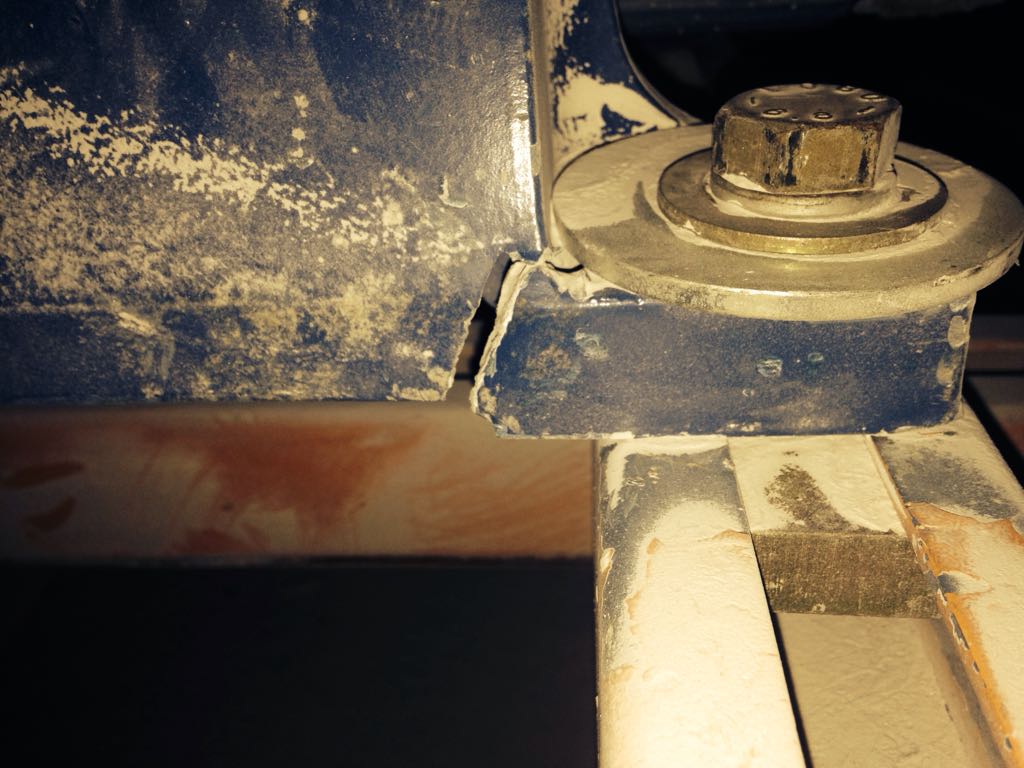
If the machine has a silentblock or isolators for fastening, make sure they are in good conditions.
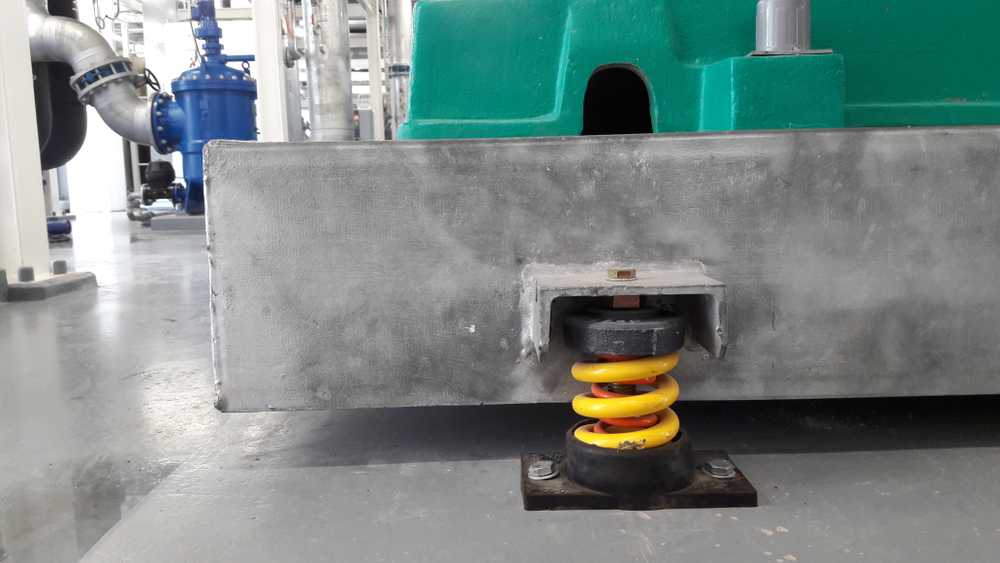
If you have a fan with direct transmission or with coupling, verify both the alignment and the presence of non-leveled supports. Many maintenance departments are surprised about the many times they have been balancing a machine, and the real problem was misalignment or non-leveled supports. Most laser aligners have the function for non-leveled support detection.
If you have the opportunity to turn the fan off, and it is possible to perform a visual inspection of it, verify its temperature, the cleanliness (or wear) of the blades, the fixation of the fan to the rotor, if there is any axial clearance when rotating the fan and the presence of correction weights from the previous balancing or from the factory. It is also important to ask the maintenance department if they have balanced the fan before, if they have changed it recently or if they have performed any modifications on it.
If a fan requires balancing periodically, and it does not have any material accumulation, blade wear or foundation problems, then you may suspect the presence of a resonance problem. Machine balancing is a non-periodic corrective task.
If you suspect there is a thermal effect, or you want to discard unbalance due to temperature, make sure to get readings of the spectrum at different operational temperatures from the start-up of the fan.
Report on vibration analysis for a fan
The most important part after making an accurate diagnosis in the vibration analysis of a fan is informing the maintenance department about the condition of the unbalance of the fan.
A vibrations report must contain
-
Identification (of the asset)
-
Introduction
-
Operational conditions
-
Evolution
-
Diagnosis
-
Reading points
-
Readings
-
Recommendations
-
Author
We show you a vibrations analysis report of a fan with an unbalance problem created with Power-MI. It can be printed in PDF format.
The new way to manage the predictive maintenance is by creating reports with Power-MI. All the reports have the same format and structure. The maintenance departments have one single platform for all the reports of predictive inspections no matter the technology that was used, the brand of the equipment or the analyst that carried out the inspection (own personnel or service company).
If you want to learn more about Power-MI, visit our website: power-mi.com
What is Power-MI?
Power-MI is a cloud based solution that allows you to design & manage your condition-based maintenance plan integrating all techniques into one platform. Easy reporting, automatic work orders and CMMS integration.
Read more